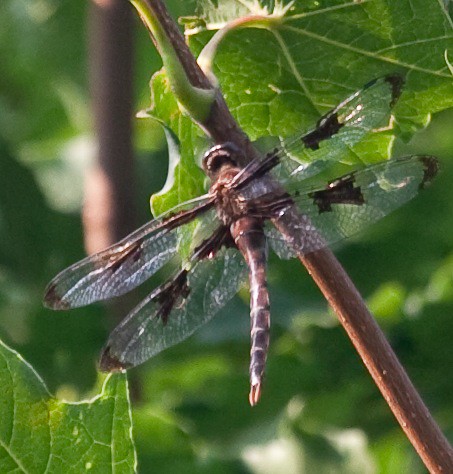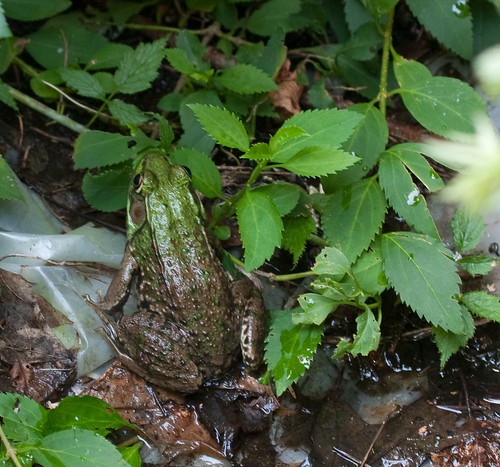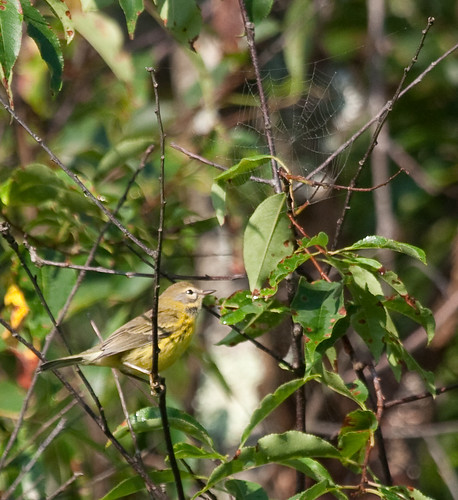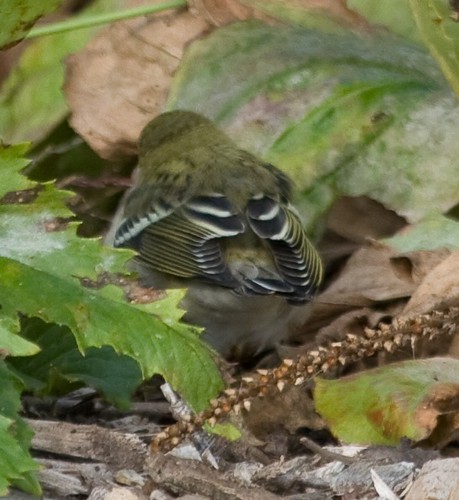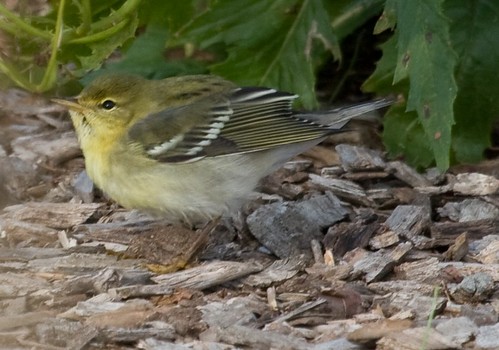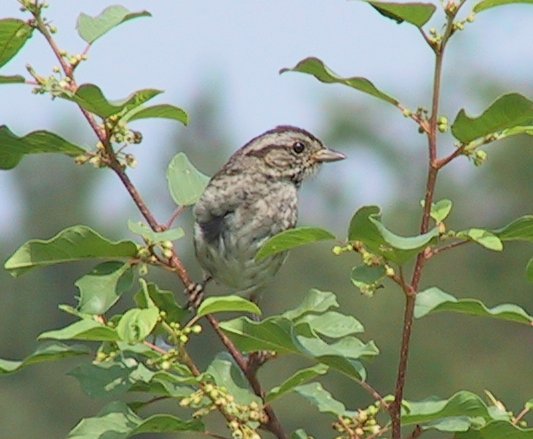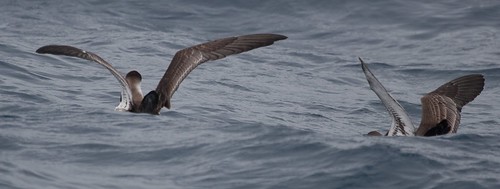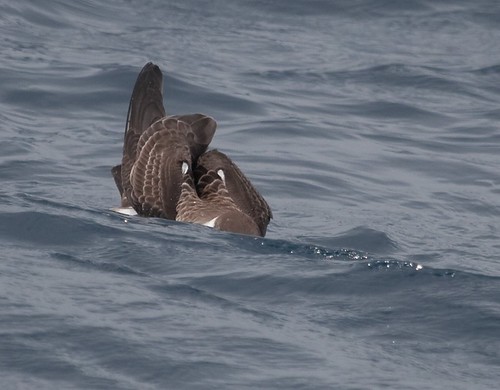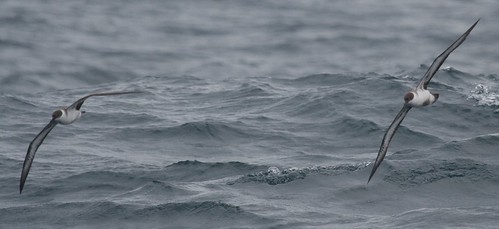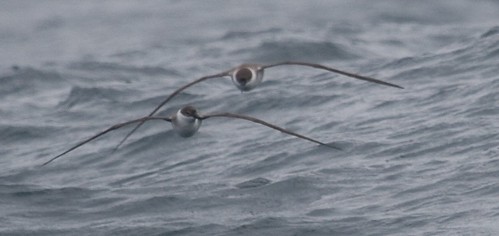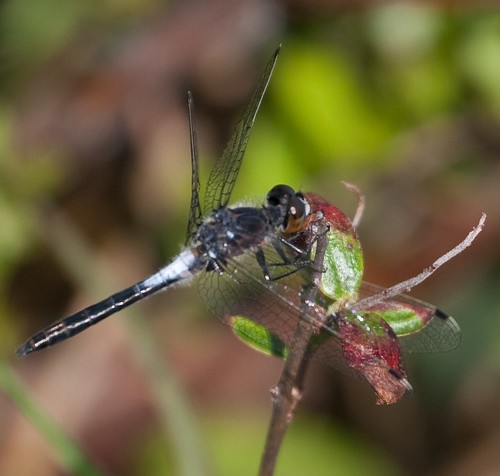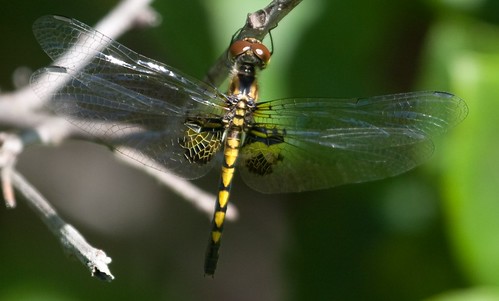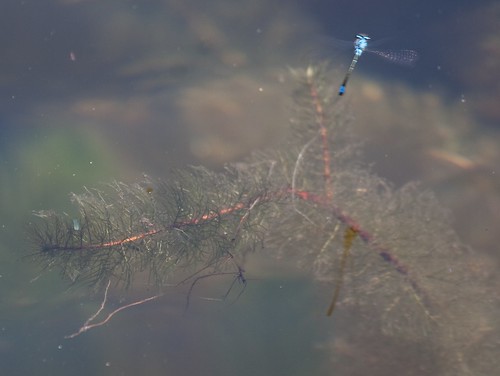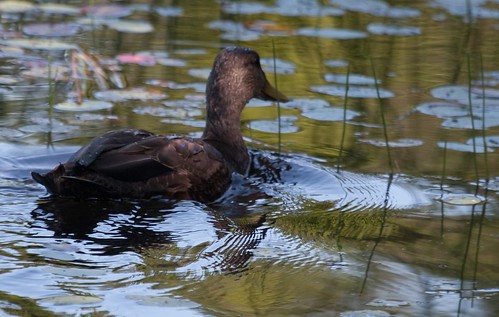So after June’s pelagic trip being canceled because not enough people signed up, Saturday was the first BBC trip of the year. I talked my parents into going down to the Cape as well this time, so we headed down Friday. It was hotter than we realized out and by mid-afternoon I was quite out of it, so no birding was done on Friday.
I was too wound up to go to sleep right away and ended up barely getting three hours in before I got up just after 2AM to get ready for the boat. Since the hotel (America’s Best Value Inn, more than adequate) is right up the street, I walked down just before 3. It was very foggy out and started to drizzle a bit while we waited. The crowd was a bit different from previous trips, I didn’t recognize a lot of people.
We boarded around 3:45 and I ended up grabbing a bunk down below. It was a bit more pleasant than I remember (not that I’d want to spend lots of time there) and I was able to doze off once we left the dock at 4:15. I was woken up by the first announcement at 6 and got up, grabbed my muffin and went up to the deck. Since it was quite rough out (and would be for most of the day) and there were still showers coming through, I decided to just hang out at the stern where it was stable and dry.
We started seeing shearwaters and Wilson’s Storm-Petrels very quickly and had our only gannets of the day. I missed the terns, eider, and single passerine that all passed by right as I got up. The shearwaters were mostly Cory’s at first and then Greater for a few minutes. They switched back and forth in abundance several times. Manx and Sooty were mixed in and we got out first Leach’s Storm-Petrels of the day.
I spotted a dark bird coming off the water to the side and shouted out Sooty (only a couple so far on the day) but was surprised when it turned out to be a very large, very dark Pomarine Jaeger:
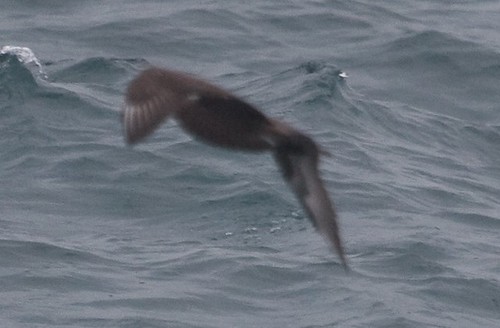
We continued on towards Atlantis Canyon and found our first Audubon’s Shearwaters of the day. While the boat started to speed up for those, a shout went out and an obviously different bird was coming in. It had a much snappier flight and was much whiter below: a Black-capped Petrel! Unfortunately, it rocketed off before I got any pictures (or even a better than adequate view) but I believe most people did get good views and some got good pictures. This was one of the birds that we’ve been hoping to get on these trips and was a very nice state bird.
The next bit of excitement came with a pod of Offshore Bottle-nosed Dolphins. They came right by the boat. I got a bit of someone’s clothing in the one photo I managed to take but they’re still visible:

We continued on with more of the expected birds (Audubon’s may be pushing expected, but people stopped running for them pretty quickly). Some big flocks were nice to see, even if they’re all common birds, like this Cory’s Shearwater with many Wilson’s Storm-Petrels:
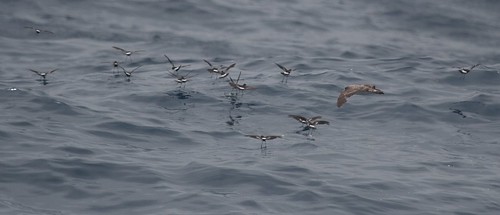
Around noon, I started to feel out of it. Many people had been sick all morning (although I’ve never seen anyone recover faster than when the Black-capped showed up) but I think I was just tired and hungry. I grabbed a slice of roast beef and dozed off for a short time at one of the tables and eventually felt better.
We cruised Atlantis Canyon for quite some time but weren’t able to add any other spectacular birds. I did get some shots of one of the later Audubon’s and something resembling a photo of a Leach’s Storm-Petrel.
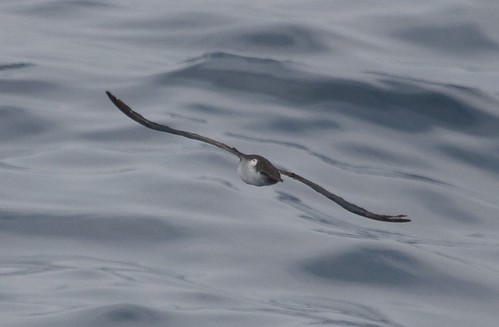
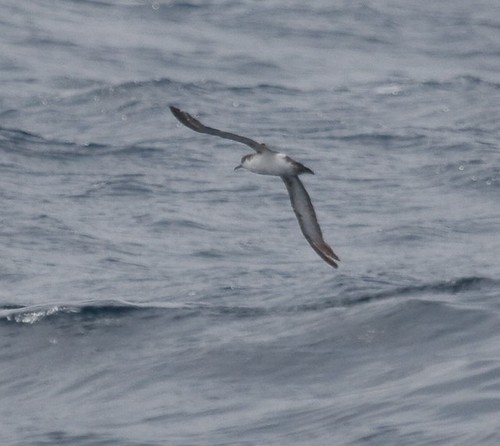
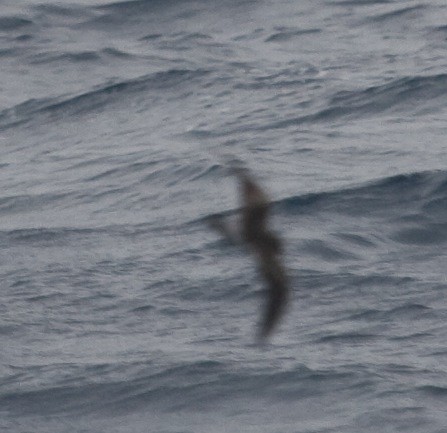
We eventually began to start the long trip back. At around 5PM a shout of Whale! went up. The excitement when it was identified as a Northern Right Whale was short-lived as it was tangled in some fishing line. Really upsetting for a critically endangered animal. We took down the coordinates and snapped a bunch of photos. I’d later find out that it was an adult male named Radiator and that rescue efforts were not made as it was too late in the day and the whale likely was just moving through. Hopefully he’ll be refound and can be taken care of.
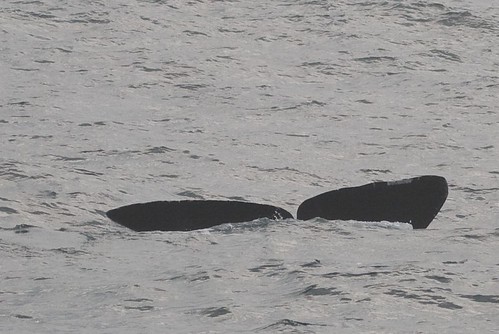
Around 6, I went to grab my sandwich and ended up lying down again and sleeping pretty much until we were back in Hyannis. Twelve hours birding was more than enough.
Also see my Greater Shearwater photos and the full report on the BBC website which also contains links to much better sets of photos.
I can’t wait for next year’s trips (and am almost tempted for the overnight one in August).
